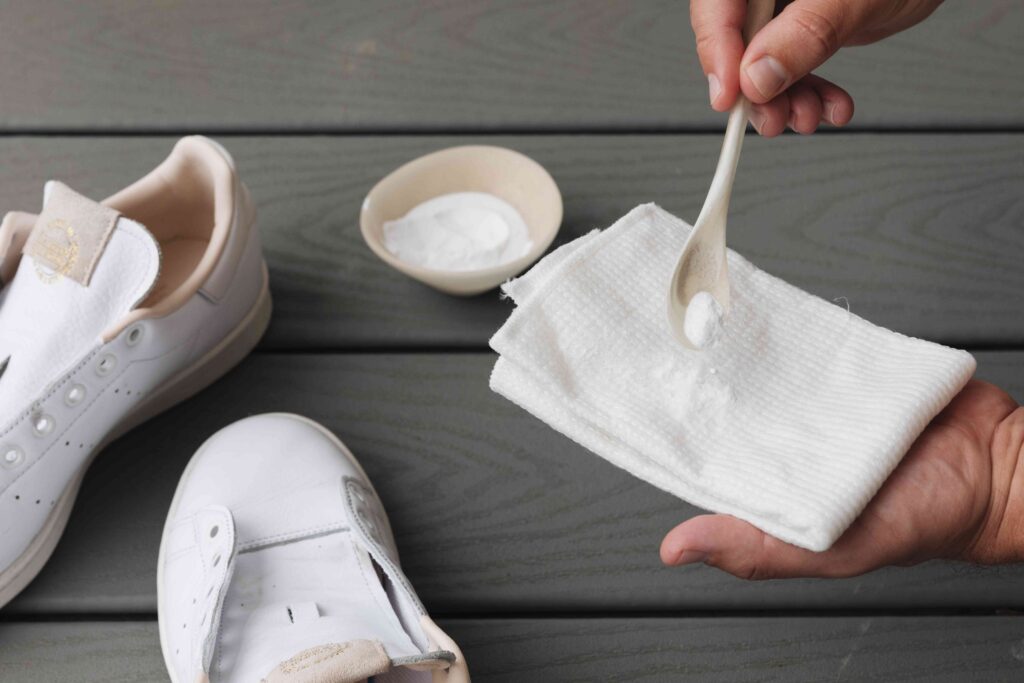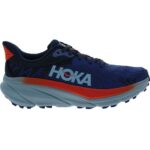White shoes. A symbol of crispness, a statement of style, a canvas for both elegance and casual flair. Yet, their pristine white can be a constant battleground against the relentless onslaught of dirt, grime, and everyday wear. From the urban hustle to the weekend stroll, maintaining the pristine white of your kicks is a challenge that demands more than a quick swipe with a cloth. This comprehensive guide dives deep into the art of white shoe care, providing practical, expert-backed advice to keep your favorite footwear looking their best. We’ll explore different materials, various cleaning techniques, and the essential steps to prevent future stains and maintain that dazzling white brilliance. Whether you’re a seasoned sneaker enthusiast or a newcomer to the world of immaculate footwear, this guide will equip you with the knowledge and tools to conquer the challenge of keeping white shoes sparkling clean and ready for any occasion.
Understanding White Shoe Materials
Diverse Materials, Diverse Cleaning Needs
White shoes aren’t all created equal. Understanding the material composition is crucial for effective cleaning. From canvas and suede to leather and mesh, each material requires a unique approach to maintain its pristine white and overall health.

Canvas
Canvas shoes, often a favorite for their breathability and affordability, are prone to stains. Proper cleaning is crucial to prevent the build-up of dirt and grime.
Leather
Leather shoes demand a gentle touch. Aggressive cleaning methods can damage the delicate leather, leading to discoloration or cracking.
Suede
Suede shoes have a unique texture, requiring specialized cleaning techniques to avoid damaging the nap. Rough scrubbing can result in a loss of the suede’s soft texture.
Mesh
Mesh shoes offer excellent breathability but can easily trap dirt and debris. Thorough cleaning is essential to maintain their clean and fresh appearance.
Pre-Cleaning Preparation: The Foundation for Success
Assessing the Damage
Before you begin, meticulously inspect your shoes for the extent of the soiling. Different stains require different treatments. Knowing what you’re dealing with is half the battle.
Identifying Stains
Different types of stains require specific treatments. Knowing the source of the stain, such as grass, mud, or food, will guide your choice of cleaning agent and technique.
Gathering Your Supplies
Having the right tools makes all the difference. Gather necessary supplies like mild detergent, a soft-bristled brush, a clean cloth, and a bucket of lukewarm water.
- Mild Detergent: Crucial for gentle cleaning.
- Soft-Bristled Brush: Removes dirt without scratching.
- Clean Cloth: Absorbs moisture and cleans thoroughly.
- Warm Water: Ideal for dissolving dirt and grime.
Effective Cleaning Techniques
Step-by-Step Approach
Follow a systematic approach to ensure thorough cleaning. This involves pre-treatment, washing, rinsing, and drying.
Pre-treatment
For stubborn stains, use a pre-treatment solution to loosen the dirt before washing.
Washing
Gently wash the shoes with a mild detergent and lukewarm water. Avoid harsh scrubbing.
Rinsing
Thoroughly rinse the shoes with clean water to remove all traces of detergent.
Drying
Allow the shoes to air dry completely in a well-ventilated area. Avoid direct sunlight or heat sources.
Advanced Cleaning Techniques for Specific Stains
Tackling Tough Stains
Dealing with grease, mud, or other stubborn stains requires specific strategies. Understanding the stain’s composition is key.
Grease Stains
Apply a mixture of dish soap and water to the grease stain, gently blotting with a clean cloth.
Mud Stains
Remove excess mud with a damp cloth, then use a mild detergent solution to clean the affected area.
Food Stains
Act quickly to remove food stains. Use a gentle cleaning solution and a soft brush, blotting gently until the stain is gone.
Maintaining the Pristine White
Proactive Measures for Lasting Shine
Preventing future stains is a more effective approach. Taking proactive measures will save you time and effort.
Protective Measures
Use shoe covers, shoe protectors, or sprays to safeguard your shoes from dirt and grime.
Regular Cleaning
Establish a regular cleaning schedule to maintain the pristine white look of your shoes.
Summary
Maintaining white shoes requires a multifaceted approach combining material knowledge, proper preparation, effective cleaning techniques, and proactive measures. Understanding your shoe’s material composition is key to selecting the right cleaning methods. Following a step-by-step process, from pre-treatment to drying, ensures a thorough clean. Address stubborn stains with specific techniques and consider preventative measures to maintain the dazzling white look. Ultimately, a combination of care and knowledge will keep your white shoes looking their best for years to come.
Frequently Asked Questions (FAQs)
How often should I clean my white shoes?
The frequency of cleaning depends on how often you wear them and the level of exposure to dirt and grime. Regular cleaning, such as once a week or after each wear in high-traffic environments, is recommended to maintain their pristine white.
What if I’m dealing with a stubborn stain?
Stubborn stains may require a more intensive approach. Consider using a pre-treatment solution or a specialized stain remover designed for the type of stain. For persistent marks, consult a professional shoe repair service for guidance.
Can I use bleach to clean my white shoes?
Using bleach on white shoes is generally not recommended, as it can cause discoloration or damage the material. Stick to mild detergents and cleaning solutions specifically designed for white footwear to avoid any unwanted effects.
Are there any natural remedies for cleaning white shoes?
Baking soda and white vinegar are often used as natural cleaning solutions. However, it’s essential to test any natural remedy in an inconspicuous area first to ensure it doesn’t damage the material. Be cautious when using these solutions on delicate materials like suede or leather.
How can I prevent my white shoes from getting dirty in the first place?
Using shoe covers or protective sprays can shield your shoes from dust, dirt, and other contaminants. Consider the environment you’ll be wearing them in and choose appropriate footwear accordingly. For example, wearing white sneakers in a dusty environment might require extra care.



